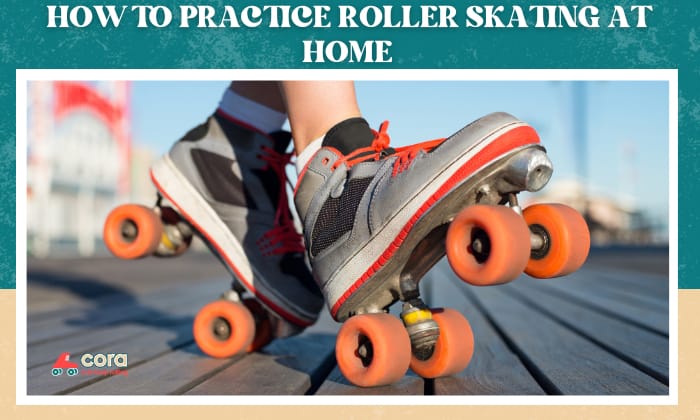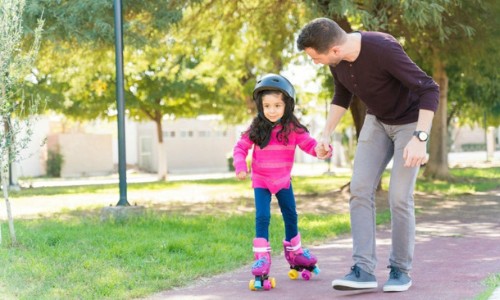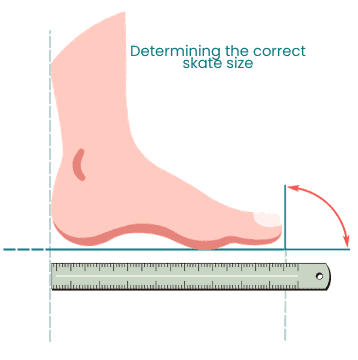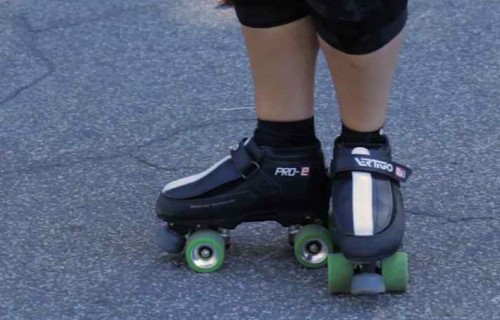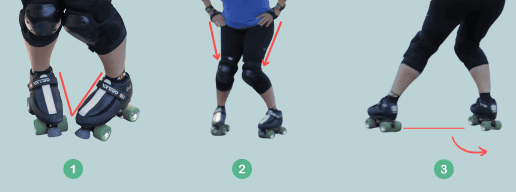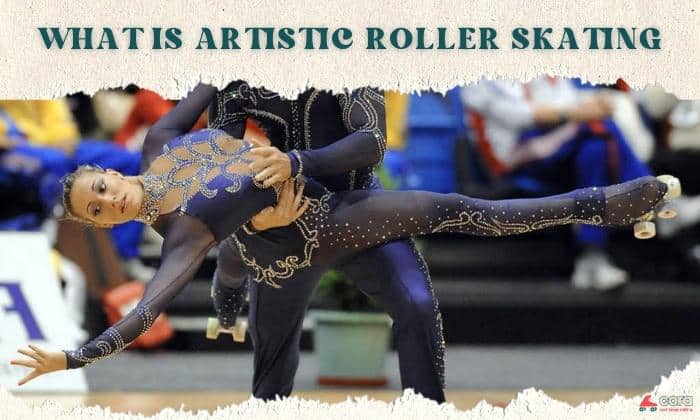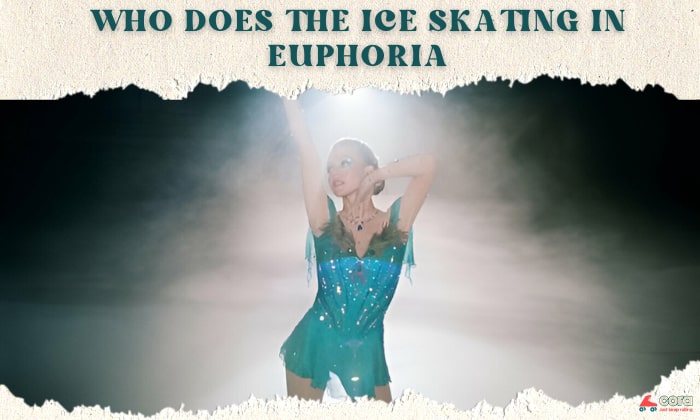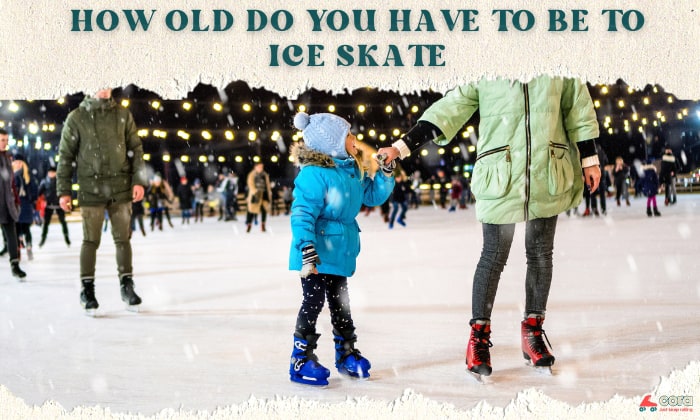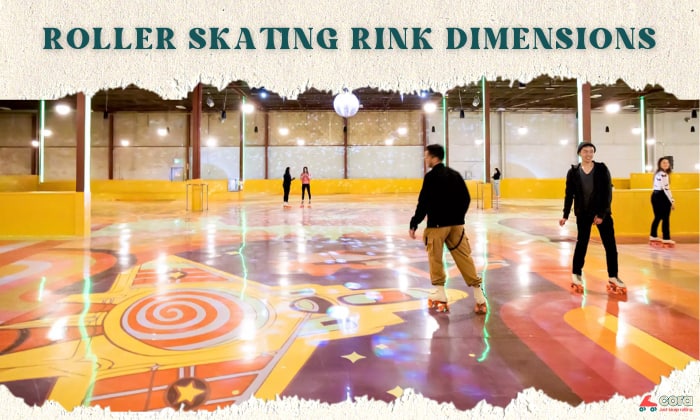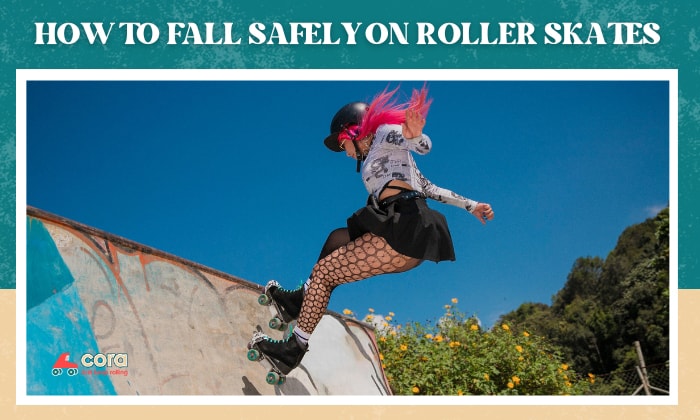Roller skating is a fantastic way to stay active, have fun, and improve your balance and coordination. Whether you are a beginner or a seasoned skater, practicing at home can be a convenient and effective way to enhance your skills.
In this guide on how to practice roller skating at home, you can be well on your way to becoming a skilled and graceful roller skater.
Page Contents
Get Good at Roller Skating in the Comforts of Your Home
#1 – Set Up a Safe Space
Creating a safe practice environment is crucial when roller skating at home, especially for beginners. Begin by clearing a spacious area inside the house or backyard to ensure no obstructions or hazards in your path.
Furthermore, make sure the surface you will be skating on is flat and smooth. Uneven surfaces can lead to accidents, so take the time to sweep away any debris and make necessary repairs.
#2 – Choose the Right Roller Skates
Selecting the appropriate roller skates is a crucial step in your roller skating journey. Opt for a comfortable pair that fits well and provides adequate ankle support so that your feet are less susceptible to rolling or sprains.
To measure your feet for the correct skate size, follow these steps:
- Trace your foot on a piece of paper.
- Measure from the back of your heel to the tip of the longest toe.
- Compare the measurement against the skate brand’s size chart.
#3 – Learn the Basics
Master the basics by practicing simple roller skating exercises, such as standing and balancing on your roller skates.
Maintain a relaxed posture with slightly bent knees and your weight evenly distributed on both skates. This stance will serve as the starting point for developing more advanced skills. Spend time practicing this basic posture until it becomes second nature.
Also, practice squatting, which can help you in the long run when you need to master turning.
#4 – Master Stopping Techniques
Stopping techniques are particularly important for beginners as they can prevent accidents and instill confidence. Practice various stopping methods, such as the T-stop, plow stop, and toe stop, to improve your control and safety while skating.
Each stop requires a specific motion, so dedicate time to perfecting these moves with roller skating practice drills.
#5 – Practice Balance Exercises & Quad Skating
Building a strong foundation in balance is essential for roller skating, and practicing balance exercises is a crucial part of this. Follow these two crucial tips:
- Work on gliding on one foot and maintaining balance on one skate for as long as possible. These exercises help you develop the core strength and stability necessary for roller skating smoothly.
- Squats and lunges on your skates can further improve your balance. Incorporate quad skating into your practice regimen, as it is a fundamental component of roller skating.
#6 – Skate in Circles
Skating in circles is a fundamental exercise that helps you become more comfortable with crossover techniques and turning. Start by skating in larger circles in a clockwise direction.
As your confidence grows, reduce the circle’s size, eventually practicing counterclockwise skating as well. This exercise improves your ability to control your movements and transitions, making you a more agile and adaptable roller skater.
#7 – Practice Forward & Backward Skating
Mastery of both forward and backward skating is crucial for becoming a well-rounded roller skater. Begin with forward skating, pushing off with one foot and then the other. Focus on maintaining a stable and controlled pace.
As for backward skating, you can follow these steps:
- First, position your feet so that their toes point inwards.
- Your thighs and knees should also be together, whereas your hips need to be low, and your arms/palms must be facing down.
- Lower your body weight while gliding two feet outwards. Immediately bring your body back up and your feet together.
#8 – Learn Basic Tricks & Moves
Once you have built a strong foundation, it is time to explore basic tricks and maneuvers. Start with simple tricks like slides, bubbles, barrel rolls, and crossovers – these are all easy to execute and excellent for small spaces.
As you progress, consider roller skating lessons for more advanced tricks like the moonwalk and the grapevine. These moves challenge your coordination and rhythm, providing an enjoyable path to skill development.
Skills Checklist
To help you keep track of your progress and ensure you are learning to roller skate properly, here is a skills checklist you can use to track your achievements:
- Basic balance on roller skates
- Forward skating without falling
- Backward skating with control
- Stopping techniques
- Skating in circles smoothly
- Basic tricks and maneuvers
Safety Tips
While roller skating at home can be a fun and rewarding experience, safety should always be a top priority. Here are some important safety tips to keep in mind:
- Always wear safety gear to prevent injuries.
- Take it slow and focus on basic skills first. Gradually build your confidence and skills to reduce the risk of falls.
- Skating with a friend or family member can be a fun and safe way to practice. Having someone nearby can provide assistance in case of emergencies.
- Skating can be physically demanding, so always stay hydrated during practice sessions.
Conclusion
Practicing roller skating at home can be a great way to enhance your skills, build confidence, and have fun, whether you are learning to roller skate or trying to get good at roller skating.
By following our tips on how to practice roller skating at home and dedicating time to regular practice, you can become a more skilled and confident roller skater, even without going outside.

Born in 1990, Rice is a skating expert who fell in love with it as a sport and recreational activity at the age of 9. He does inline skating as well as roller skating. Throughout the years, Rice has built up an impressive collection of skating gear and honed the essential know-how. During the pandemic, when he was kept from hitting the skate park, Rice founded Cora with his roommate Gibson to share his skating knowledge and experience. The goal is to make skating more accessible to everyone, regardless of gender, age, and ethnicity.


